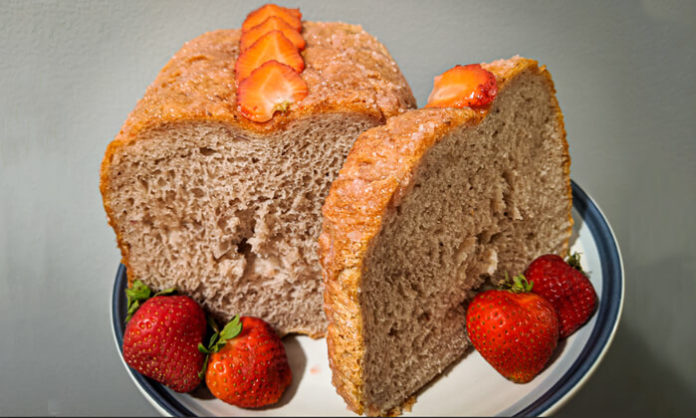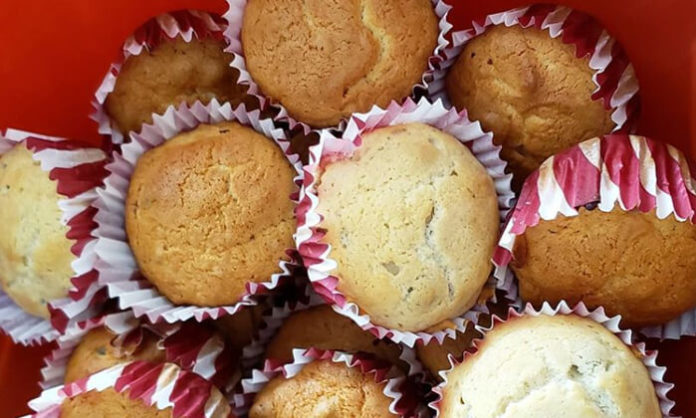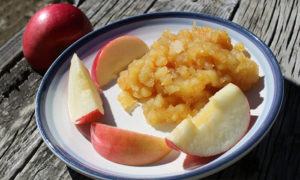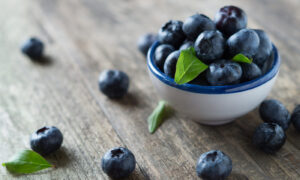Garden Strawberries: Easy Steps for Protecting from Pests and Diseases

You’ve put in the time and effort to cultivate a beautiful strawberry patch in your garden. Now, it’s all about protecting your precious berries from pests, weather, and other potential threats.
Learning how to safeguard your strawberries can be a game-changer. It’s not just about keeping the birds, bugs, and squirrels at bay. It’s also about understanding the unique needs of this sweet fruit.
With the right strategies, you can ensure a bountiful harvest.
Key Takeaways
- Strawberry plants are delicate and require consistent care and protection against pests, extreme weather conditions, and diseases in order to yield a successful harvest.
- Pest management is critical to strawberries as they are prone to issues caused by birds, rodents, insects, and slugs. These pests can introduce diseases that can potentially ruin the entire garden.
- Weather protection is essential since exposure to harsh sunlight, heavy rains, and frost may cause the strawberry plants to experience stress or damage.
- Strawberry plants are prone to multiple diseases and require constant monitoring for early symptom detection and immediate action to prevent significant harm.
- Early recognition and management of pests, like root weevils, spittlebugs, and slugs, and diseases such as red stele and verticillium wilt can save your crops.
- Prevention methods, including maintaining garden hygiene, choosing disease-resistant strawberries, and using organic pesticides and fungicides are instrumental in ensuring a healthy and fruitful strawberry patch.
Importance of Protecting Strawberries in Your Garden
When you’re devoting time, energy, and resources to cultivate strawberries in your garden, it’s essential to keep them safe from various threats. Strawberry plants are delicate and require special care to yield a successful harvest. Consequently, safeguarding your strawberry patch isn’t just about ensuring survival. It’s about enhancing the health and output of your plants.
Maintenance and protection of your strawberry patch involve tasks such as pest management, weather protection, and disease control. By handling these tasks effectively, you ensure the longevity and fruitfulness of your garden.
Pest Management remains a significant challenge for any gardener. Critters, including birds, rodents, insects, and slugs, are notorious for making a meal out of fruit-bearing plants. These pests not only consume your strawberries but also introduce diseases that can wreak havoc on your entire garden.
The weather, especially extreme conditions, can also take a toll on your strawberries. Exposure to harsh sunlight, heavy rains, and frost can cause your plants to experience stress or damage. It’s important to shield your strawberries from these environmental hazards as much as possible.
Disease control is a critical factor in maintaining a healthy garden. Strawberries are prone to various bacterial, fungal, and viral diseases. Keeping an eye out for symptoms of disease in your strawberries, and taking prompt action, can save your patch from significant loss.
Deterring Common Pests From Strawberries
Your strawberry plants can come under threat from several pests and diseases. Recognizing these threats early can save your crop. Here are the common pests and diseases that strawberries often face and how you should respond.
Identifying Common Pests
Several pests may be drawn to your strawberries. The strawberry root weevils, for example, are big strawberry eaters. These tiny critters burrow into the berries themselves, eating them from the inside out. Another pest to look out for is the spittlebug. They suck the sap from strawberry leaves, and in high numbers, they can weaken your plants.
Another notorious pest is the slug. These creepy crawlies will munch their way through leaves, fruit, and even stalks. So, keep an eye out for tell-tale signs of these pests!
| Name of the Pest | Signs |
|---|---|
| Root Weevils | Burrowed inside the fruits |
| Spittlebug | Deformed and dull-looking leaves |
| Slug | Munched fruits and leaves |
| Ants | Presence of small mounds of soil, activity around plants |
| Aphids | Sticky residue on leaves and stems, deformed leaves |
| Birds | Pecked fruits, presence near the plants |
| Tarnished Plant Bug | Deformed fruits, with sunken areas starting green then turning brown |
Using Painted Rocks to Deter Birds from Strawberry Plants
Using painted rocks to deter birds from strawberry plants is a clever and environmentally friendly method that gardeners can utilize to protect their crops. This technique involves painting smooth rocks red and green to mimic the appearance of ripe strawberries and placing them among the actual plants early in the season.
The visual deception helps to confuse birds, making them mistake these inedible objects for fruit, which discourages them from pecking at the real strawberries. This method is not only non-toxic and safe for wildlife but also cost-effective, as the painted rocks can be reused each year.
For optimal effectiveness, it’s recommended to combine this strategy with other bird-deterrent techniques, such as netting or reflective tape, and to maintain the painted rocks by refreshing their color as necessary. By doing so, gardeners can enhance the aesthetic appeal of their gardens while simultaneously protecting their fruit harvests from bird damage.
Recognizing Symptoms of Diseases in Strawberry Plants
Diseases can be just as detrimental as pests to your strawberry plants. Red stele is a common disease, it manifests as wilting and yellowing of the leaves and red discoloration of the roots.
Verticillium wilt is another disease to watch for. This fungal disease can cause your strawberry plants’ leaves to yellow and eventually wilt and die.
Remember that early detection is the key to prevention. Spot the symptoms, act fast and save your harvest.
| Disease | Symptoms |
|---|---|
| Red Stele | Leaf yellowing and wilt, red roots |
| Verticillium Wilt | Leaf yellowing and death |
| Powdery Mildew | White powdery spots on leaves and fruit |
| Botrytis Gray Mold | Gray mold on fruit, especially during wet conditions |
| Leaf Spot | Purple spots on the leaves, which may turn white in the center |
| Leather Rot | Fruits develop an off-flavor and hard texture, discoloration on fruit skin |
| Anthracnose | Dark, sunken lesions on stems, leaves, and fruit |
Prevention and Control Measures
Preventing these pests and diseases starts with good garden hygiene. Keep your patch clean, remove any rotting fruit or plant debris, and keep the soil nutrient-rich. Barrier methods, such as garden fabric, can ward off pests while keeping predatory insects, a natural pest control, in.
With diseases, start with the right varieties. Choose disease-resistant strawberries. If you can’t avoid diseases and pests altogether, there are control measures you can take. Use organic pesticides and fungicides to keep your plants healthy and your strawberries fresh.
Remember, prevention is always better than cure. Good gardening practices go a long way in ensuring your strawberry patch is resistant to both pests and diseases.
Natural Methods for Protecting Strawberries
So, you’ve learned how to safeguard your strawberries from common pests and diseases. It’s all about early detection, garden hygiene, and using barrier methods. Opting for disease-resistant varieties can be a game-changer, too. Don’t forget about the power of organic pesticides and fungicides. They’re your allies in ensuring a successful harvest. With these natural methods, you’re well-equipped to protect your strawberries. Now, it’s time to implement these strategies and watch your garden thrive. Remember, a healthy strawberry patch doesn’t just happen. It’s the result of your hard work and dedication. Happy gardening!
Check out Veggums Recipes with Strawberries
Now that you have your strawberries healthy and protected, check out our recipes to use them in!








